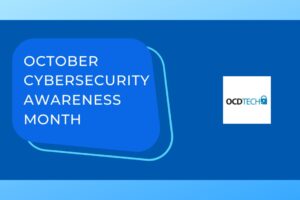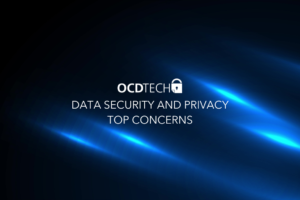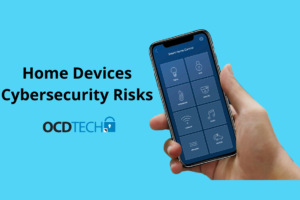A SOC2 report is a critical step for any company that handles sensitive customer data, such as personal information or financial records. The examination should be conducted by qualified IT auditors and must be signed by a CPA firm. Only CPA firms can sign a SOC2 report. In this post, we’ll walk through the process a company can take as they undergo the SOC2 examination, including the differences between the different types of SOC2 reports, the readiness phase, and the five trust service criteria.
First, it’s important to understand the differences between the different types of SOC2 reports.
While a SOC1 report focuses on controls related to financial reporting, a SOC2 report is focused on information technology controls. A SOC2 Type 1 report assesses the design of a company’s controls and procedures for protecting customer data. A SOC2 Type 2 report, on the other hand, evaluates the effectiveness of those controls and procedures over a specific period of time.
Before starting the examination process, companies should go through a readiness phase. This includes reviewing their current controls and procedures, identifying any gaps or weaknesses, and implementing any necessary changes. This is a crucial step as it allows the company to address any issues before the auditor arrives, which can save time and money.
Once the readiness phase is complete, the auditor will begin the examination. The examination is based on five trust service criteria: security, availability, processing integrity, confidentiality, and privacy.
5 TRUST SERVICE CRITERIA
1.Security: The security criteria assesses the company’s controls and procedures for protecting against unauthorized access to customer data. This includes physical security, such as access controls and surveillance, as well as logical security, such as firewalls and encryption.
2.Availability: The availability criteria evaluates the company’s ability to ensure that customer data is available when needed. This includes disaster recovery and business continuity plans, as well as monitoring and testing of these plans.
3.Processing Integrity: The processing integrity criteria assesses the company’s controls and procedures for ensuring the accuracy and completeness of customer data. This includes validating input data, monitoring for errors and inconsistencies, and implementing procedures for correcting errors.
4.Confidentiality: The confidentiality criteria evaluates the company’s controls and procedures for protecting customer data from unauthorized disclosure. This includes access controls, encryption, and incident response procedures.
5.Privacy: The privacy criteria assesses the company’s controls and procedures for protecting customer data in accordance with applicable laws and regulations. This includes data retention policies, incident response procedures, and ensuring that customer data is not shared without their consent.
After the auditor completes the examination, the company will receive a report detailing any issues or deficiencies found during the examination. If any issues are identified, the company will need to provide a management response.
In conclusion, a SOC2 examination is a critical step for any company that handles sensitive customer data.
It assesses the company’s controls and procedures for protecting customer data. Companies should go through a readiness phase before starting the examination, which includes reviewing their current controls and procedures, identifying any gaps or weaknesses, and implementing any necessary changes.
The examination is based on five trust service criteria: security, availability, processing integrity, confidentiality, and privacy. It is important for companies to understand the specific requirements of each criteria and implement accordingly to pass the examination.




